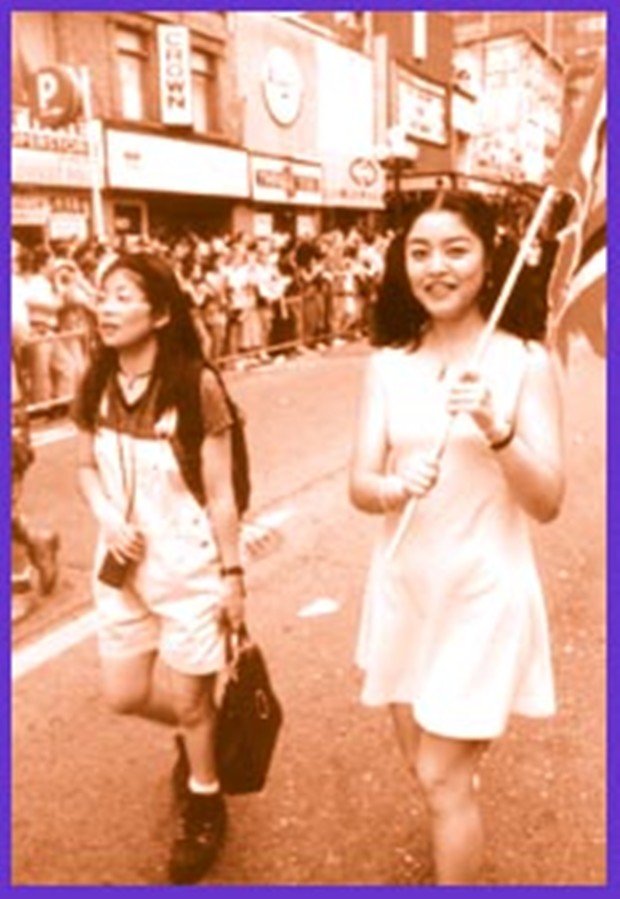Rumours of racism continue to plague the Pride committee.
Concerns about discrimination were made at last year’s public post-mortem, a meeting which ended with tears and hurt feelings on all sides.
“It [the post-mortem] was a pretty traumatic experience,” says Junior Harrison of Blackness Yes, the group which organized the first Blockorama party (which continues this year). “The board wasn’t prepared for the allegations that came up and it pretty much descended into a free for all.
“One board member was upset that we had organized our own event, as opposed to being part of the ‘multicultural stage,'” claims Harrison. “Words like ‘you people’ were being used in the discussion. The same board member also trashed the concerns of a differently-abled group raising issues of accessible toilets. He was so filled with passion, he couldn’t hear what he was saying or see the light.”
This year Harrison says that relations with the committee are much better. “We went to them to explain our difficulties with fundraising and they came back and said that Blockorama has to happen, it belongs in Pride.
“They have supported us financially and really promoted the event.”
Rabin Ramah, of the Black Coalition For AIDS Prevention calls the committee “very, very supportive of Black CAP.”
Pride co-chair Scott Ferguson puts on a good spin. “I never saw an outright, blatant example of racism, but there’s subtle racism and insensitivity – there’s layers of racism.
“Although the post-mortem was not a very positive environment, positive things have come out of it, including plans for anti-oppression trainings.”
These workshops are planned for volunteers shortly before Pride week and will be followed up with three to four more workshops through-out the coming year.
Says Ramah: “I don’t like the term anti-racism training. Dogs need training, people need sensitivity.”
Out of 24 co-chairs of Pride subcommittees, there is only one person of colour and the board is entirely white.
“It takes a long time to change that,” says Ferguson.
“But things have changed. When I became involved three years ago there were only three female co-chairs and now we have gender parity on each committee.”
Ferguson argues that this change happened through outreach. There is no plan in place for similar multicultural outreach.
“It is still not clear that we are welcome and needed,” says Harrison. “If you go to the website or pick up Pride publicity the first thing you see is a lot of naked white men.
“The message needs to be clear that you are a part of Pride even if you are not white and buff and male and naked.”
In this year’s publications, the website (at www.torontopride.com and Pride Guide (which has yet to be distributed) are mostly text. And the photos are more diverse than previous years.

 Why you can trust Xtra
Why you can trust Xtra


